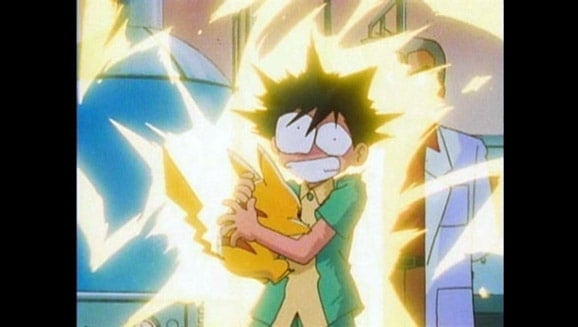Pokemon Yellow debuted in October 1999 from developer Game Freak and publisher Nintendo. It had only been a year since the first U.S. Pokemon games debuted. Still, the anime and surging popularity of the franchise were encouraging enough to make a game that lined up closer with the hit show. The game’s main draw is clearly displayed on its front cover, as in this entry, players get to start with Pikachu, who had become a superstar thanks to the anime.
The game is relatively similar to its predecessors, Pokemon Red and Blue, but it also does some things that make it stand out in a massive franchise. Since it’s been 24 years since the game’s debut, it’s easy to forget how big of a deal the game and unique things it did are. Here are seven incredible facts about Pokemon Yellow that everyone forgets.
Inspired By The Anime
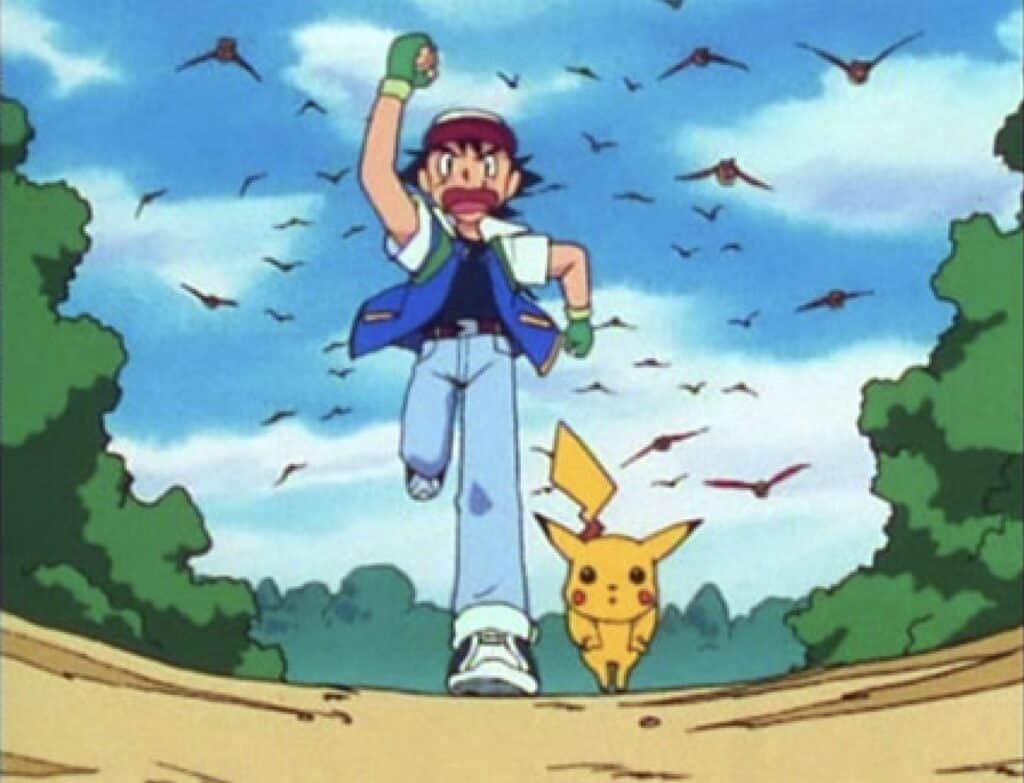
Pokemon Yellow is the first Pokemon game inspired by the anime. The previous three were stand-alone games adjacent to the anime but different. The show originally aired in 1997 with 38 episodes. Those same episodes aired in the U.S. in the Fall of 1998, coinciding with the release of the first English Pokemon games, Pokemon Red and Blue. The show’s first season continued on consistently through 1999.
Pokemon as a show was very popular and increased the exposure and fandom of the franchise to those who hadn’t ever touched the game. By the end of 1998, Pokemon had cemented its footing in pop culture between its dual release of Red and Blue and the show. In the show, though, Ash begins with Pikachu, who isn’t readily available as a starter or to encounter towards the beginning of the game.
Enter Pokemon Yellow, which you start with Pikachu as your first Pokemon, just like Ash in the anime. The game makes quite a few changes here and there, from making some of the Pokemon sprites look more like the anime to having Pikachu sound exactly as he does in the anime. These help encourage new players to hop on and allow old players to play again alongside the show.
Other Anime inspired changes
- Brock’s outfit matches the show
- Misty wears her show outfit instead of a bikini
- Giovanni uses a Persian in Viridian Gym since he always has one in the show
- The Player’s Pikachu cannot evolve unless traded to another game and evolved
- There are no wild Pikachu, only the Player’s
- A Route 6 Trainer now mentions Joe and Giselle
- A Route 9 Trainer now mentions A.J.
- Starters are available to the player in Cerulean City, Route 24, and Vermilion City
- Jessie and James now have their own unique individual sprites
- Team Rocket’s Pokemon Koffing, Ekans, and Meowth are not available in the wild
- Gym Leaders’ Pokemon and Movesets change to match the anime
- All policemen are Officer Jennys, and all Pokémon Center Nurses are now Nurse Joys
Colosseum 2
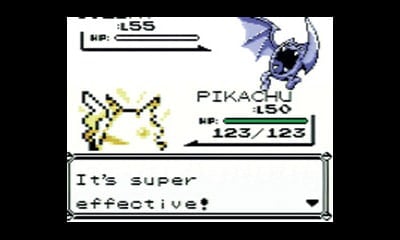
A major aspect of Pokemon Red and Blue is trading and battling with friends via the Cable Link. This method allowed for a community or multiplayer style of play using a cable connected to two Game Boys. This option is a game changer for those with a friend with another copy of Pokemon Red or Blue. It enhanced the experience and helped make solo gameplay better through trading.
In Yellow, there is a wild addition to the battling that made players pick their teams in a way they didn’t before. Colosseum is the standard cable link battling arena. In this mode, players can use their Pokemon teams from their solo game to battle a friend without limitation. This mode is a way to test your regular team, but doesn’t gain you any experience, just bragging rights.
Colosseum 2 has three Cups with particular and somewhat unusual rules. The battle modes encouraged players to have other developed Pokemon that fit the parameters rather than just their strongest Pokemon. This addition adds another dimension to the game, builds new strategies, and increases play time as players focus on building more diverse Pokemon teams. Eventually, these cups become a part of Pokemon Stadium, released later for battling on Nintendo 64 using your teams from Green, Red, Blue, and Yellow.
The three Colosseum 2 Cups
- Pika Cup – This cup allows Pokemon between levels 15 to 20. The combined limit for the team is 50 when all Pokemon levels are added together
- Petit Cup – This cup is for Pokemon levels 25 to 30 only. Additionally, they cannot be more than 6’ 07″ tall and cannot weigh more than 44.1 lbs.
- Poke Cup – This cup is for Pokemon levels 50 to 55. The sum of all the Pokemon’s levels combined cannot exceed 155, and using Mew is prohibited.
What Official Title?
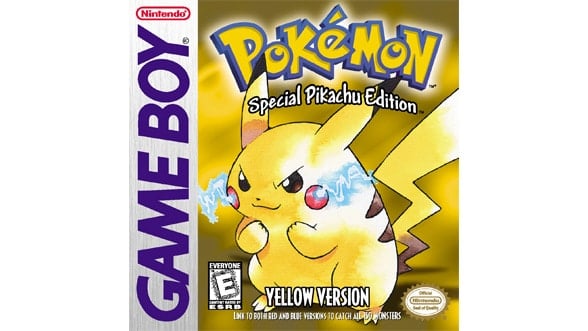
The Pokemon game that came out after Red and Blue is widely known and called Pokemon Yellow. The game’s real name is actually unclear. The game cartridge is yellow, just like the previous game cartridges that matched their game titles. The game states that it is the “Special Pikachu Edition,” though, and has this wording printed in place of the “Gotta Catch Em All” slogan from the previous games. Is the color on the cartridge for Pokemon Yellow or for Pikachu’s? There’s no denying it closely matches the iconic Pokemon’s color.
“Yellow Version” appears where “Red Version” and “Blue Version” appear on the box art for the game. Yet, it is the only place where it’s displayed as the possible title. “Special Pikachu Edition” is the text on the game box’s spine, back cover, and under the main cover’s “Pokemon” title. Meanwhile, in the game manual, the game is called “The Yellow version of Pokemon.”
Other materials refer to the game using all of the above, adding to the real confusion about the game’s official title. Therefore, the game’s title may be Pokemon Yellow Version: Special Pikachu Edition. The only problem with that title is: Where are the other versions of Pokemon Yellow?
Walking Pokemon
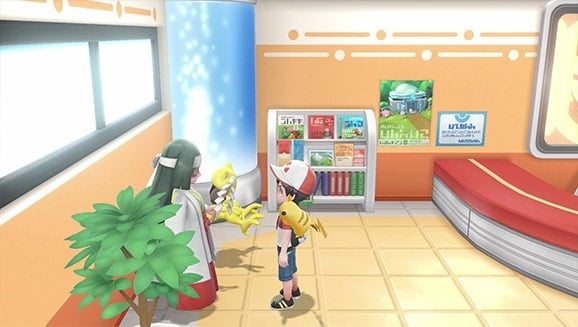
The relationship between a Pokemon and a trainer really shines through in the anime series with Ash and Pikachu. In the original games, Pokemon feel more like collectibles. Yes, they’re cute and require attention if you plan to evolve or use them as part of your team, but the relationship stops there. Perhaps since there are so many, it’s not easy to see any one as an actual companion or more than a tool to battle other Pokemon and trainers.
Ash has trouble getting Pikachu in a Pokeball in the show shortly after they first meet. Thus, going forward, Ash let’s Pikachu stay outside the ball and follow him everywhere. As a result, the two become best friends.
In Pokemon Yellow, the Player has the same problem and lets Pikachu follow them outside its Pokeball. This new dynamic between Pokemon and Trainer has become a staple of Pokemon games ever since. Now, most Pokemon games allow almost any single Pokemon to stay outside the Pokeball and follow the Player. This ability is overlooked now, but is a fresh add-on to Pokemon Yellow’s features.
Pikachu Communicates
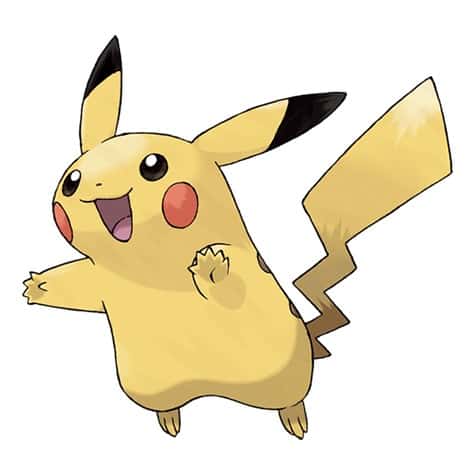
Along with the chance to have Pikachu follow the Player around, Pokemon Yellow also adds in the ability to communicate with Pikachu. Pokemon in Red and Blue make sounds and react to attacks during battle, but they still feel more like a distant pet cat than anything more personal. Pokemon Yellow gives Pikachu emotions that it can express in various situations to let the Player know how it’s feeling. This ability gives Pikachu a personality and suddenly makes Players look at their Pokemon differently.
The first expression of feelings the Player gets from Pikachu is that it is unhappy being with the Player! This feeling changes over time spent together, but Pikachu will continue to express itself in other situations. Pikachu shows fear, love, anger, shock, confusion, and more through a small emoji that pops up when it’s feeling that way. Pikachu can also turn its back to express its dissatisfaction with the Player. To insinuate that every Pokemon has feelings, if a Pikachu is traded, evolved, and traded back, it will not follow the player as it has spent time away and significantly changed.
This aspect of the franchise has expanded with subsequent games. Players can make food or play fetch with their Pokemon and get a reaction. There’s also now a level of connectivity between a Pokemon and the Player expressed as a friendship level, which can be raised or lowered through specific activities and frequent use in battles. All of this started with Pikachu in Pokemon Yellow.
There’s A Remake
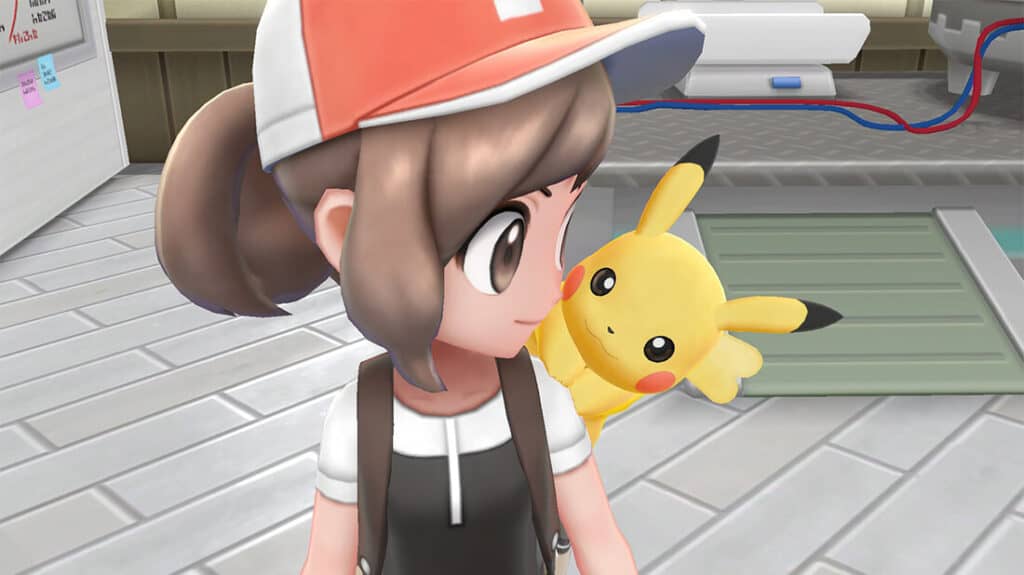
Pokemon Yellow was a huge hit when it was released as it rode the wave of popularity that the franchise had gathered. Though it plays off the basics of the original three games, it also makes additions that push the franchise forward. Most of the new features added to Yellow, which came out just a year after its predecessor, are a part of the canon of Pokemon today. The game is essentially a fan service that lets players play the game they wanted after their imaginations soared from watching the anime. The game captured the lightning in the bottle, that is likely the catalyst that has rocketed Pokemon forward and continues to do so still today.
Did you know that Pokemon Yellow has a modern remake? It makes sense, given its important role and its basis in the wildly popular original concepts of Pokemon. Pokemon: Let’s Go Pikachu is a remake of Pokemon Yellow, released in 2018 for the Nintendo Switch. The year is significant as it marks the 20th anniversary of Pokemon Yellow.
Pokemon: Let’s Go Pikachu is the same game with updated graphics and additional features. Even the title hints at the game’s focus: Pikachu, just as with Pokemon Yellow: Special Pikachu Edition. The Player starts with Pikachu as their first Pokemon, explores the Kanto Region, and battles Jesse and James. Let’s Go Pikachu is a modern classic for those who want a classic Pokemon game experience.
Let’s Go Eevee
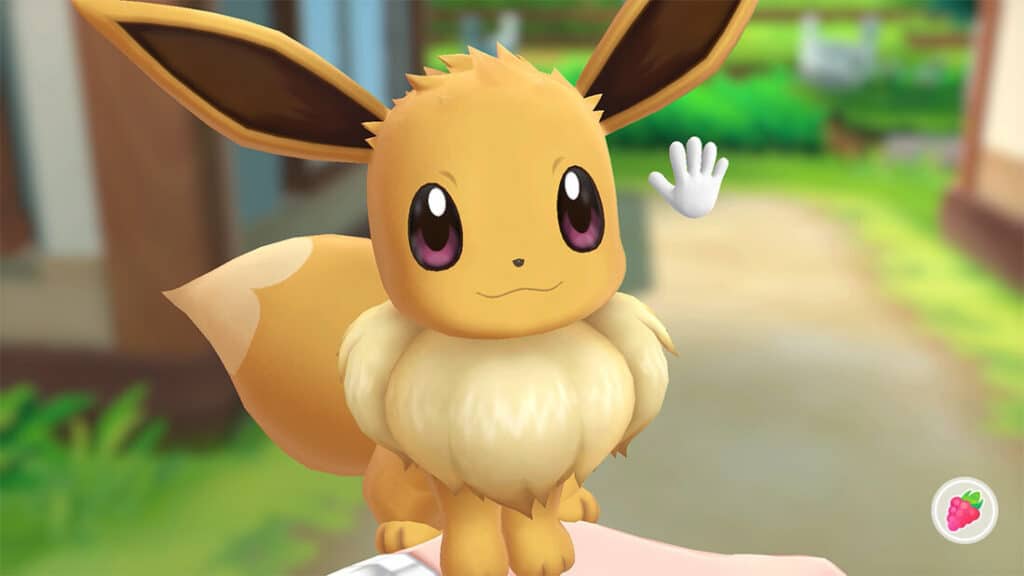
Interestingly, Pokemon: Let’s Go Eevee debuted alongside Let’s Go Pikachu. In that game, you begin with Eevee as your starter instead of Pikachu. Some could argue this is to provide a different experience for those not looking for a remake. Still, there may be a more likely reason. Eevee is possibly one of the most popular Pokemon after Pikachu, if not the most popular. This popularity seems to have risen over time and with the constant inclusion of Eevee in games and the additions of new Eevee Evolutions. The current Eevee Evolution count is eight, the highest in the franchise.
Making an Eevee game on the 20th anniversary of the first Pokemon fan service game seems to point to a new effort to do the same thing. Let’s Go Pikachu could have easily been a stand-alone remake. Instead, developer Game Freak and publishers Nintendo and The Pokemon Company put in the extra effort. They gave the many Eevee fans the game they secretly wished for. This type of fan service and awareness worked twenty years ago and seemingly worked again with Let’s Go Eevee. At their release, the dual titles became the fastest-selling games on Nintendo Switch.
